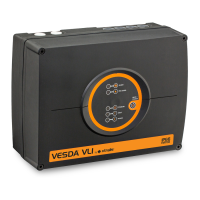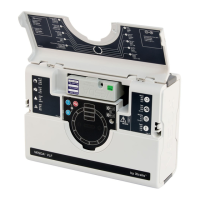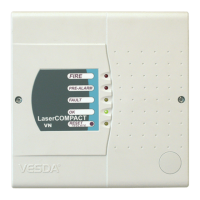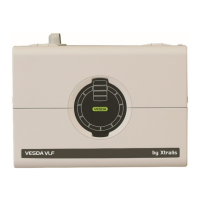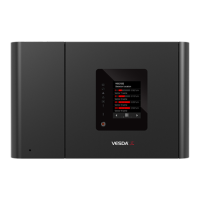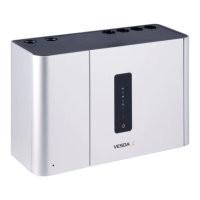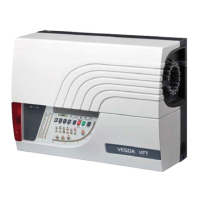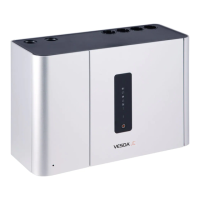VESDA by Xtralis VESDA PipeNetwork Design Guide
www.xtralis.com 37
8 Designing Pipe Networks for Specific
Applications
VESDA systems can be fine tuned to most environments. Each environment presents its own special
requirements and these are addressed during pipe network design. Table 4-3 on page 25 suggests air
sampling methods normally used for different types of applications. A combination of different sampling
methods may be used to create the optimum protection for a site. Four basic applications are discussed
below:
l Protecting standard rooms
l Protecting high air movement areas
l Localized detection
l High ceiling areas
8.1 Standard Rooms
The typical standard room pipe network is an on ceiling sampling method as described in Chapter 2.
8.2 High Air Exchange Rooms
High air exchange areas normally use some form of mechanical ventilation to maintain dust free operations or
provide for heat dissipation. Most local codes and standards support that any environment with 7.5 air
changes per hour (ACH) or more is classified as a high air volume exchange area.
The sampling methods used for high air movement areas are a combination of return air and open area. The
return air sampling may be conducted at a return grille or via in-duct sampling. In high air exchange
environments the air flow direction is influenced by artificial means. Any air volume outside the direct air flow
path may not reach the sampling points on the return grilles.
Below ceiling sampling is used to sample air from areas that fall outside the direct air flow path created by air
handling units, and for fire detection when the air-condition is off. Figure 8-1 on page 37 illustrates the use of
return air sampling in combination with on ceiling air sampling in areas of high air exchange.
Figure 8-1: In-ceiling and return air sampling for rooms with high air exchange
Spacings for the return air and below ceiling samplings should follow the requirements of local codes and
standards.
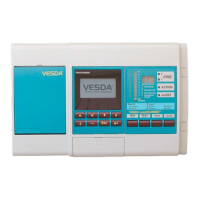
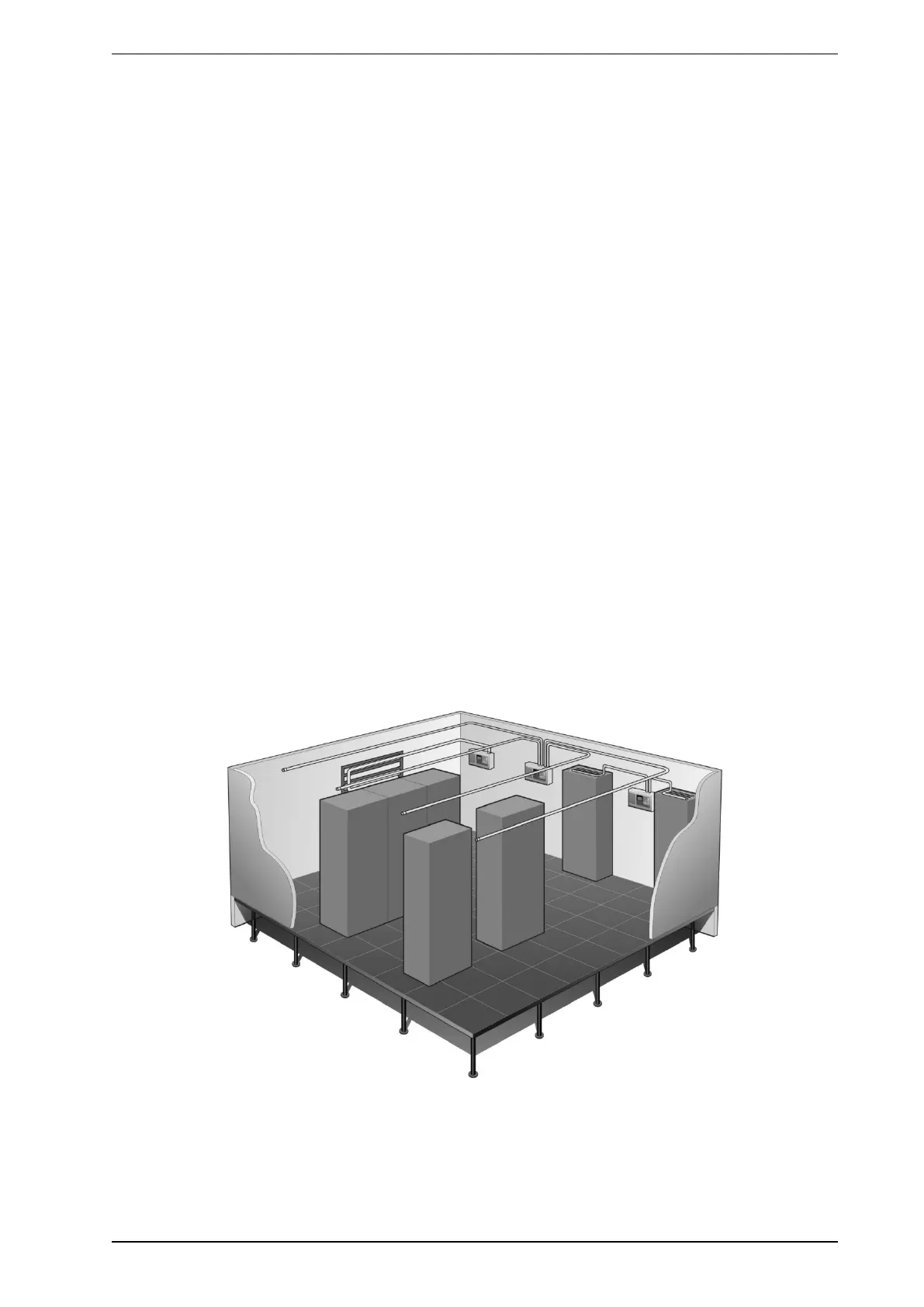